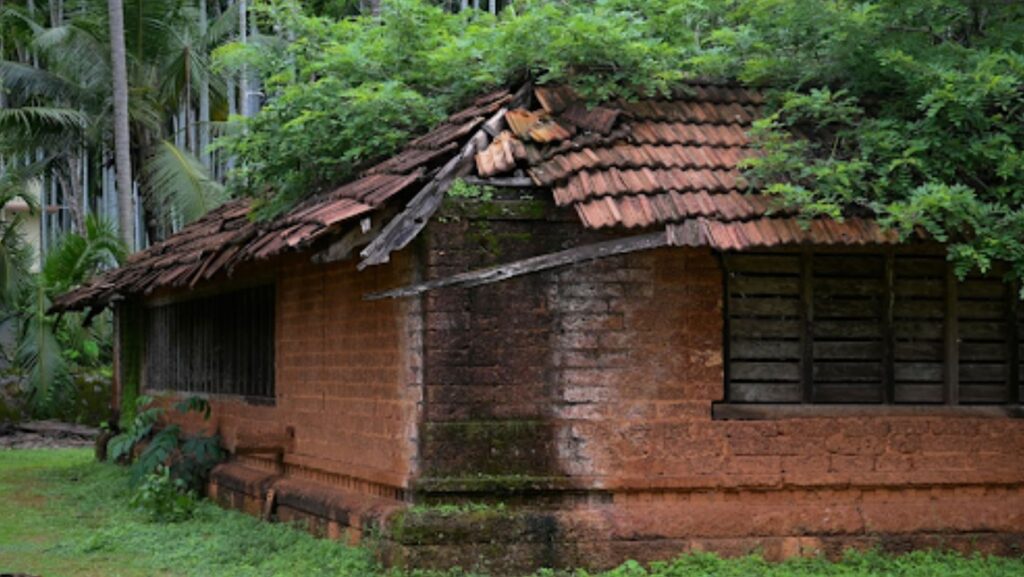The roof is an integral yet often overlooked component of maintaining a safe and comfortable home. Subject to relentless exposure to the elements, roofing can develop issues over time. However, these problems are not just a minor inconvenience; they can lead to significant damage and costly repairs if addressed. Whether you are a homeowner or a property manager, learning to detect and repair the most common roofing problems before they escalate into major issues is crucial.
Identifying Roofing Problems
The roof is an essential but often neglected component when maintaining a safe and comfortable home. Constant exposure to the elements makes roofing susceptible to developing issues over time. These problems are more than just a minor inconvenience; they can lead to significant damage and expensive repairs if not addressed. For both homeowners and property managers, it is vital to learn how to detect and fix the most common roofing issues before they become major concerns. Seeking reliable roof repairs is crucial in preventing minor problems from escalating.

Here are the most common roofing issues that homeowners should be aware of:
- Leaks are the most prevalent roofing issue, especially in areas with heavy rainfall or snow. Water can penetrate through damaged shingles, flashing, or gutters, causing significant damage to the underlying structure and compromising its integrity.
- Pooled Water: Flat roofs often have drainage problems, leading to standing water on the surface. If left unattended, this can result in algae growth and eventually lead to leaks and damage to the roof structure.
- Damaged Shingles: Extreme weather conditions such as strong winds, hail, or heavy rain can cause shingles to become loose or damaged. Cracked, curled, or missing shingles can allow water to seep in and ultimately damage the roof’s supporting structure.
- Clogged Gutters: Gutters are vital in directing water away from your home’s foundation. If they become clogged with leaves, debris, or bird nests, they can prevent proper drainage and water pooling on the roof.
Repairing Roofing Problems
Once you have identified a problem with your roof, it is crucial to address it promptly. Ignoring even minor issues can lead to more significant and costly repairs in the future. Here are some steps you can take to fix common roofing problems:
Leaks
To effectively repair leaks, it’s crucial first to locate the exact source of the problem. Begin by inspecting the attic area for any visible signs of water stains or dampness, which can often indicate the leak’s origin. Once the source is identified, clean the surrounding area to ensure proper adhesion of repair materials. Seal the damaged area using roofing cement and a patch to prevent further water penetration. Carrying out these repairs during dry weather conditions is advisable to allow adequate curing time for the materials used. For extensive damage or persistent leaks, consulting a professional roofing contractor might be necessary to ensure a long-lasting solution and safeguard the roof’s structural integrity.
Pooled Water
Pooled water on flat roofs is a common concern that can lead to severe complications if not properly managed. The first step in addressing this issue is ensuring the roof drainage system functions effectively. This may involve cleaning the gutters, downspouts, and any internal drains to remove blockages that might prevent proper water flow.

Additionally, inspecting the roof’s slope is crucial, as inadequate pitch can lead to water accumulation. The slope can be adjusted by adding tapered insulation to direct water toward the drains if necessary. In cases where the pooling is significant or persistent, it might be wise to seek professional assistance to assess the roof’s condition and implement corrective measures, ensuring both the longevity and integrity of the roof structure.
Damaged Shingles
To repair damaged shingles, begin by replacing any missing or broken pieces. Applying roofing cement under the crack and pressing it down for cracked shingles can help seal the damage. If there is extensive damage, replacing the entire section of the roof with new shingles might be necessary. Regularly inspect and maintain your roof’s condition to prevent future damage and identify potential problems before they escalate.
Clogged Gutters
Preventing clogged gutters is the best approach to avoiding potential damage to your roof and home. Regularly cleaning out debris from gutters and downspouts is crucial, especially during the fall season when leaves and twigs are most likely to accumulate. Additionally, installing gutter guards can help prevent unwanted debris from entering and clogging your gutters. If you notice any sagging or detached sections of your gutter system, addressing them promptly before they cause further problems is essential.
Maintaining the integrity of your roof is essential for ensuring the safety and comfort of your home. Regular inspections and prompt attention to emerging issues can mitigate the risk of costly repairs and sustained damage. By fostering a proactive approach to roof care, homeowners and property managers can secure their investments and prolong the lifespan of their roofing systems, thereby safeguarding the overall structure. Investing in reliable, professional support when necessary further ensures that roofs remain robust and resilient against the elements.



